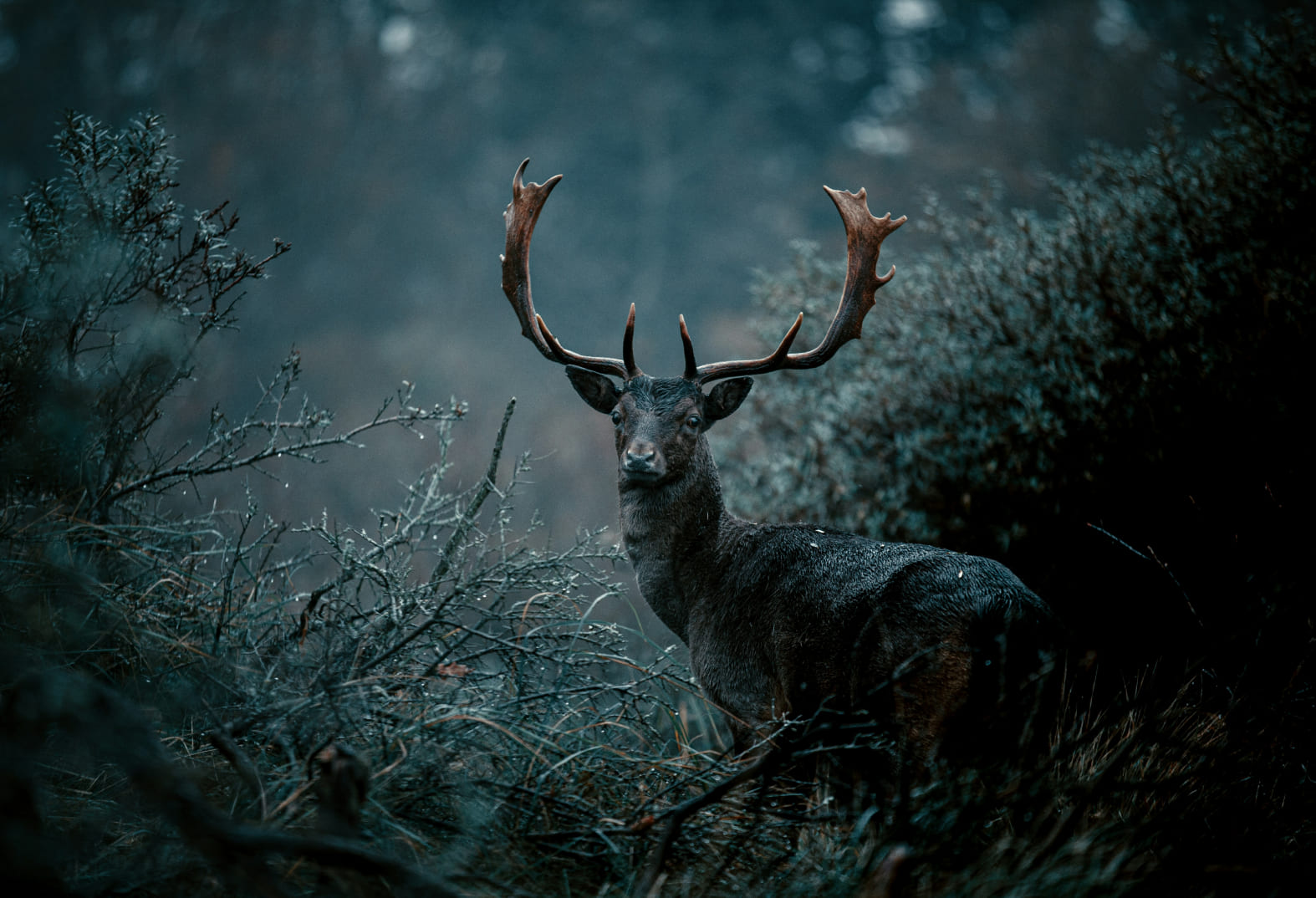The Deer: Graceful Wanderer of Forests and Meadows
Deer are elegant and adaptive creatures found across various habitats, from dense forests to open grasslands. Known for their slender build, long legs, and often impressive antlers, deer are highly skilled in adapting to their environment. They are herbivores, feeding on a diet of grass, leaves, and shrubs. Deer have evolved with keen senses of smell and hearing, which help them detect predators and navigate safely through the wild.
Adaptations for Survival
Deer are incredibly agile, able to leap great distances and run quickly to evade predators. Their antlers, which grow and shed each year in males, are used for fighting during the mating season. Deer also have a unique social structure, often living in small groups that provide mutual protection. Fawns, or young deer, are born with a spotted coat that camouflages them against the forest floor, helping them stay hidden until they are strong enough to keep up with the group.
Significance in Ecosystems
As primary herbivores, deer play an essential role in the ecosystem by maintaining vegetation levels, which benefits other species. However, deer populations can sometimes grow too large, leading to overgrazing, so balance in their habitats is crucial for sustaining biodiversity.


